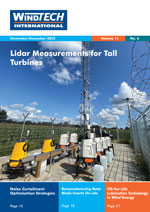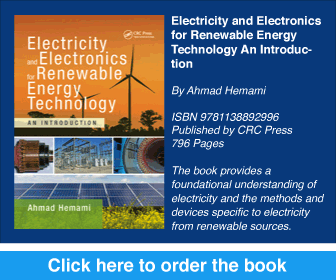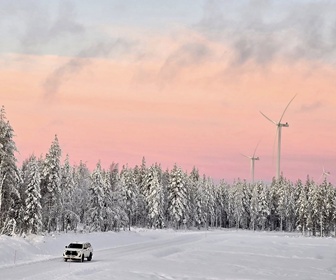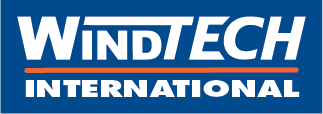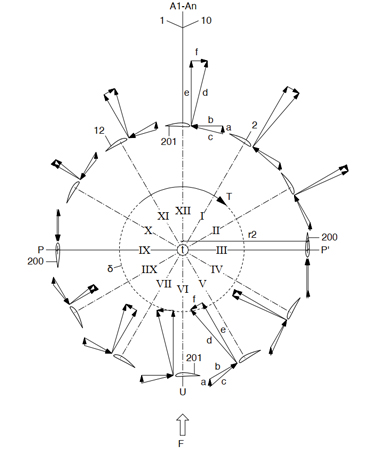 Harnessing Wind Energy Twice per Revolution
Harnessing Wind Energy Twice per Revolution
Vertical axis wind turbines (VAWTs) are gaining attention as an alternative to traditional horizontal axis designs because of their ability to capture wind from all directions and reduced visual impact. However, existing VAWT configurations often suffer from performance and structural limitations, hindering their widespread use. This study analyses state-of-the-art VAWT technologies and proposes an innovative framework to address these issues and improve performance. The design integrates advanced aerodynamics, robust structural support, efficient drive mechanisms, and electromagnetic stabilisation to optimise energy conversion and versatility. Key features, such as variable blade positioning and adaptive aerodynamic profiles, enhance energy extraction, grid integration, and resilience. This research demonstrates the potential of integrated VAWT technologies to overcome challenges and enable sustainable energy generation, showcased by four distinct VAWT designs, each with unique characteristics.
By Professor Friedrich Björn Grimm, Founder, RES Institute, Germany



